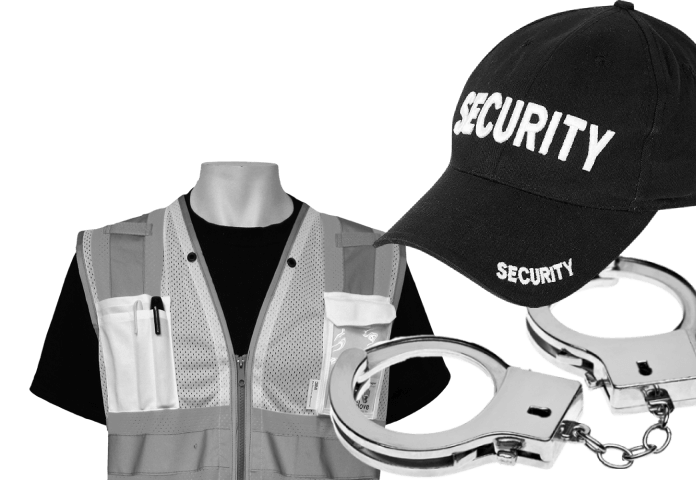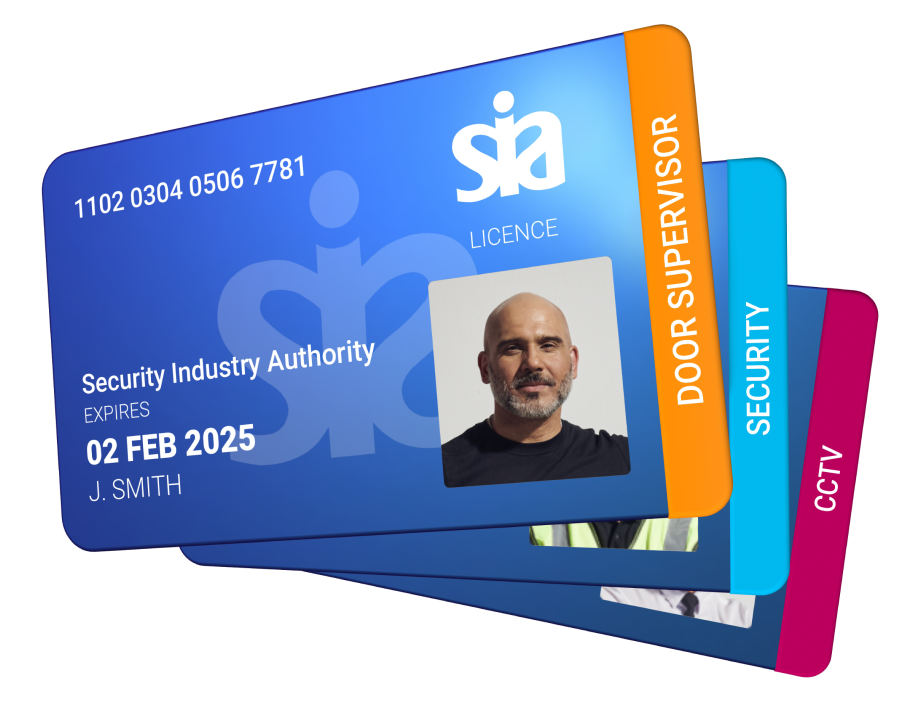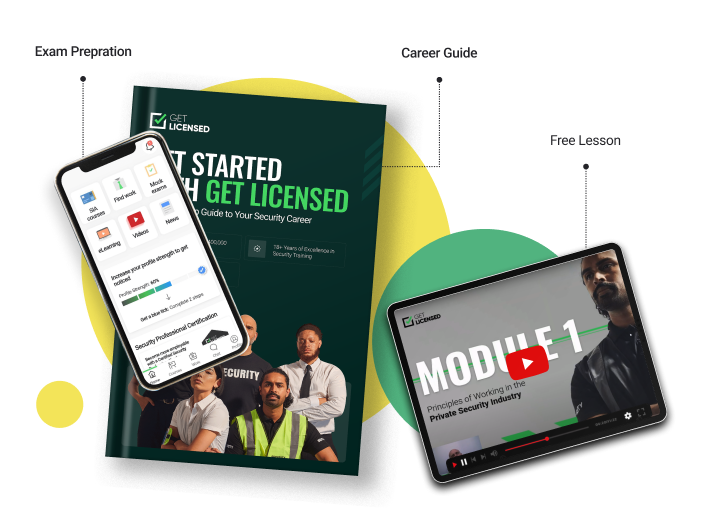
Unlimited exam retakes till you Pass

Get your exam results the same day

Full refund if you don't pass. Terms apply

95% pass rate
4 HQ - London HQ Bloomsbury, 4a Bloomsbury Square, London WC1A 2RP, UK
Not in London-Central?
Find your nearest courseTry a mock test now
Test your knowledge or view the kind of questions asked in the real exam.
Try Mock Exam
Looking to train your staff?
Open a business account for group bookings, discounts and your staff hiring needs.
Open Business Account
Unlimited exam retakes till you Pass

Get your exam results the same day

Full refund if you don't pass. Terms apply

95% pass rate
Explore SIA training courses
Check what our customers says

 Trustpilot
Trustpilot
The package is designed for success
“The package is designed for success. In my door supervisor course and CCTV Operator course, I met an amazing set of instructors who use field and class experiences to build your courage and bring you excellent performance”

Highly recommended
“Highly recommended. I did the DS and CCTV courses within two weeks of each other. Both the tutors were engaging and very experienced and knowledgeable in their field. Despite both courses being relatively short, I feel they pack in a lot of material. There are also lots of practical activities that help prepare you for front line security work. Once again, I high recommend training with Get Licensed!”

100% recommended to start your Security Career
“If your looking for a licence to start a career in security or you want to renew your licence Get Licensed is the place to go, with its easy and stress-free way to apply as well as regular updates so you know what's happening with your application you know you can trust them to handle your application, they also have certified tutors who are amazing at what they do I would like to thanks to Tanya, Alan and Paul for their experience, professionalism and friendliness as I passed 1st time when I did the security guard and CCTV course. Would recommend them 100%”

Good Experience
“Registration on the Guard pass app was very easy and straightforward. Booking for training and exam was seamless. My exam trainer is a professional, he is learned and understood the course very well. It made my understanding very fast. The customer care team too are very responsive, they are also available to help anytime you have a concern.”

Really good course, great trainer
“Really good course and fantastically delivered by Shaun in Durham. I've been in the licensed trade for three decades and have learned a ridiculous amount this week !! The content was engaging throughout and kept relevant with Shaun's vast experience and real-life scenarios. Top level training, thank you.”

Great experience
“Very satisfied with the course of Door Supervisor. Ben is a very good trainer and an engaging teacher. Sham was also a good invigilator. Highly recommended”

SIA Training recommended
“It was efficient and interesting. Rob Worthington was a good professional trainer and didn’t leave any one behind. Amy was also great. Anita assisting too. 👍👍👍”

Quality driven.
“Ben Mccarthy is an efficient, quality driven, and hardworking lead trainer for the door supervision course. He made the topics easy to understand and digest. I appreciate his patience and attention to detail when teaching the course.”

I have been working in security for 30…
“I have been working in security for 30 years starting with 10 years as a full time door supervisor and then 20 years in house NHS security officer in a busy city centre hospital with a war zone called A&E Since leaving I needed to get my SIA . This course is really good and it’s far from an attend course you need to apply yourself and it will give you the grounding to be a first class operative to start a career and progress in security. Great trainer in Dave Watts a first class instructor and man. This course is first class and Get Licensed make booking, learning a great experience”

A Great Experience & Course
“Had a great experience with my Door Supervisors course. Excellent communication from start to finish. The instructor Simon Willoughby was awesome too. Very knowledgeable, engaging, and humorous. He got us through the very long days and made them feel not so long. A great guy and a great course”

Get Licensed is the best
“Get Licensed is indeed, the best place to take your security training. I just completed my Door Supervisor Training with them and was trained by Rob Worthington. Rob is the best trainer I have ever seen. You know why, its because he really trains from experience. He treated everyone fairly and makes the training very interesting, practical and experiential. I sincerely entreat everyone that seeks to take any security training course to do that with Get Licensed. You would enjoy it and learn a lot.”

I enjoyed my course so well and my…
“I enjoyed my course so well and my supervisor was a great teacher and person. He teaches so well his explanation is so clear. Am shouting out to Simon Albutt.”

Clear and Concise
“The trainer Amy was really patient, helpful and informative. All lessons were delivered with clarity along with a very professional attitude. Sering was also excellent. He conveyed information in a friendly helpful manner and made the class feel at ease. Good staff are hard to find and both are assets to the Industry.”
Have a question? We have answers
The aim of the course is to give positive guidance to staff regarding the use of handcuffs and serve as a reference for staff in justifying the use of handcuffs both in terms of policy (who and why do we handcuff) and technique (how do we handcuff).
There is no exam for this handcuff-training course. This is an interactive course and you will be assessed throughout the duration of the 3 hour course. When you have successfully demonstrated that you can use handcuffs correctly, your trainer will give you your certificate.
This course is well suited for any security personnel working within the security industry. This handcuff-training course teaches vital skills on how to safely apprehend someone. This course will also make you more eligible for employment.
It’s easy peasy. You can either book online or you can book through our 24/7 customer service line on 0207 078 7259.
Get Licensed are proud to provide you with a ‘Faster Results’ service for selected courses and locations. Receive your results within just 5 working days after your course is completed. Our aim is to notify you on the same day the training provider sends us your results. Your results will be available online and we’ll also send you an SMS to inform you when your results are available.
To read our full list of FAQ's, click here.




















 Chat With Us
Chat With Us



















